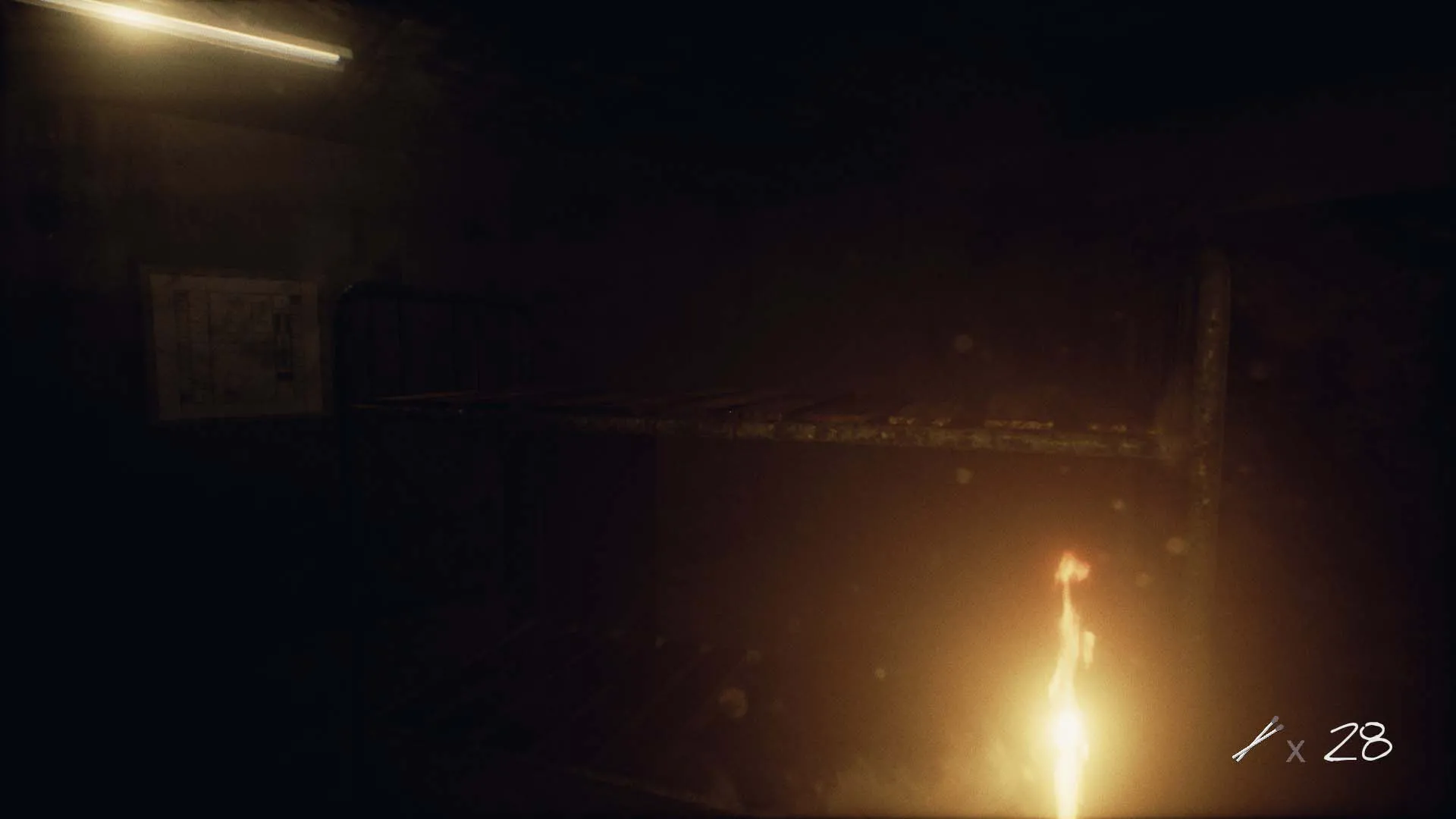
Inmates: A Psychological Horror Game That Falls Short
The 2013 release of Outlast revolutionized the horror genre, popularizing the first-person perspective with a vulnerable protagonist. While Outlast spawned numerous imitators, few have achieved the same level of success, with SOMA being a notable exception. Inmates, a recent entry into this subgenre, demonstrates that passion doesn’t always translate into a compelling gaming experience.
 Inmates – Đánh Giá Game
Inmates – Đánh Giá Game
A Tired Trope
Inmates opens with Jonathan awakening in a prison cell, disoriented and with no memory of how he arrived. Clues scattered throughout the environment hint at his family being in danger, but Jonathan lacks any sense of place or recognition of the figures haunting the prison. The game’s premise immediately draws comparisons to SOMA, sharing a similar amnesia-driven narrative within a confined setting. However, where SOMA masterfully unfolds its mysteries, Inmates falters.
SOMA meticulously guides the player through a layered narrative, slowly revealing its secrets. Inmates, on the other hand, feels abrupt and underdeveloped. The game begins with a brief introductory sequence before thrusting the player into the prison setting, the significance of which remains largely unexplained. The player follows Jonathan along a linear path, lacking impactful moments or narrative climaxes.
 Inmates – Đánh Giá Game
Inmates – Đánh Giá Game
While the game world contains numerous hidden details, many feel superfluous and contribute little to the overall narrative. Even following the main storyline reveals predictable plot points. Furthermore, interactable items like books and bibles offer no meaningful information, raising questions about their inclusion. Ultimately, Inmates‘ short playtime of around 90 minutes leaves more questions unanswered than resolved.
Tedious Gameplay
Inmates‘ core gameplay loop bears resemblance to Outlast, tasking the player with finding resources to navigate the darkness. Matches replace Outlast‘s batteries, but the implementation lacks the same tension and resource management. Unlike Outlast‘s scarce batteries, matches are plentiful in Inmates. Completing the game requires minimal match usage, rendering the mechanic largely inconsequential. The environments are also relatively well-lit, further diminishing the need for illumination.
The gameplay primarily revolves around a repetitive cycle of walking, opening doors, and interacting with objects. The lack of chase sequences or hiding mechanics, combined with a strictly linear path, contributes to a monotonous experience. The game world feels static and lifeless, offering little beyond basic interaction. Puzzles and scares are infrequent, resulting in a distinct lack of atmosphere. While the final 15 minutes offer a change of pace and setting, it’s too little, too late to salvage the overall experience.
 Inmates – Đánh Giá Game
Inmates – Đánh Giá Game
Another frustrating design choice is the game’s abrupt camera shifts. Instead of smoothly guiding the player’s view, Inmates jarringly cuts to predetermined angles, disrupting the flow of exploration.
Decent Audio-Visual Presentation
The game’s strongest aspect is arguably its visuals. While not groundbreaking, the graphics are above average for the genre. The environments are well-rendered, with detailed textures and effective lighting that creates a suitably oppressive atmosphere. However, character models are repetitive and animations, particularly movement, appear stiff and unnatural.
The sound design is adequate, with ambient sounds and a sparse soundtrack contributing to the atmosphere. However, the voice acting feels over-the-top and lacks the nuance required for the emotional weight of the story.
 Inmates – Đánh Giá Game
Inmates – Đánh Giá Game
 Inmates – Đánh Giá Game
Inmates – Đánh Giá Game
In conclusion, Inmates falls short of its potential, hampered by a weak narrative, repetitive gameplay, and frustrating design choices. While the presentation is commendable, it’s not enough to compensate for the game’s core flaws.





Comments (0)